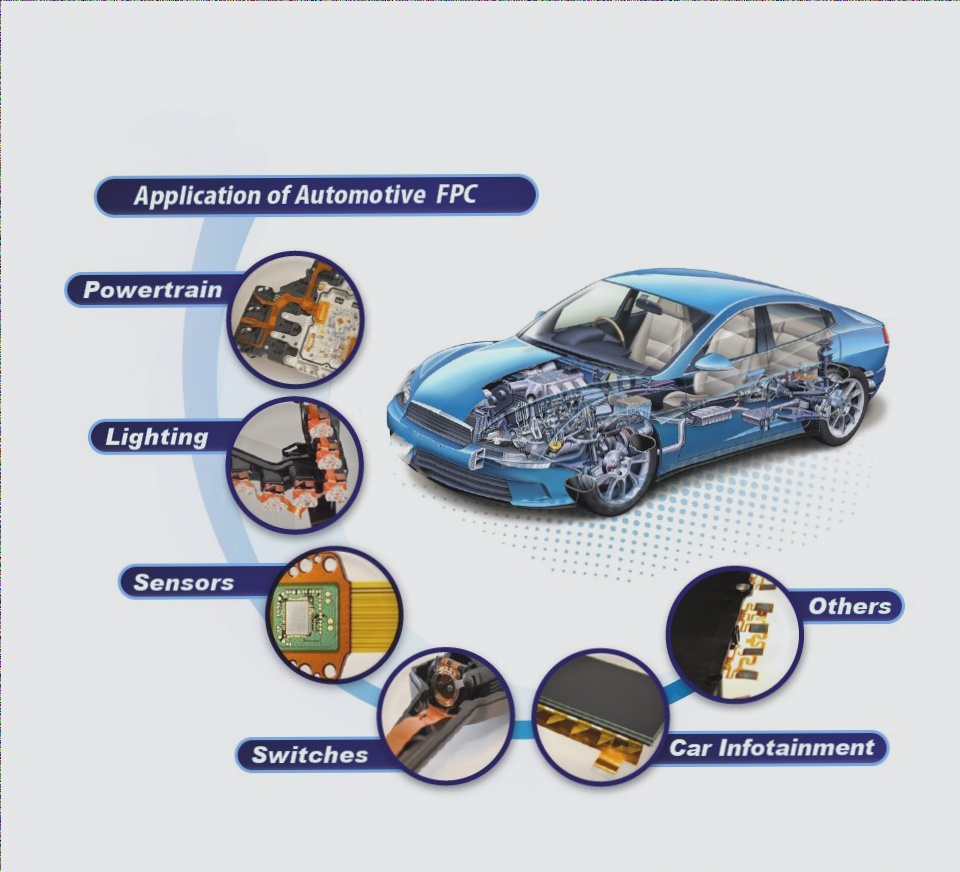The Advantages of Flex Cut PCB Products
The structure of flex cut PCB products consists of a soft copper foil substrate and a soft insulation layer, bonded with adhesive and pressed together. These products offer numerous advantages over traditional hard circuit boards.
Benefits of Flex Cut PCB:
- Reduces the volume of electronic products
- Suitable for high density, high reliability, and miniaturization
- Key player in the 5G technology wave
With the increasing demand for flexible circuit boards, the production capacity of soft boards is expected to soar. Laser cutting technology is driving the rapid development of 5G terminal products.

Flex-cut PCB Fabrication Challenges:
Traditional mechanical punching methods often lead to burrs and delamination, resulting in long lead times and high costs for molds. However, UV laser cutting offers a flexible and cost-effective solution with simplified graphic design capabilities.
Forming Processes for Soft Boards:
The forming process for soft boards includes drying punching, cutting, and manual forming. Three common methods are:
1. Die Stamping:
Utilizes molds to cut and shape semi-finished flex-cut PCBs. Different molds are used based on product requirements and accuracy needs.
2. Cutting and Forming:
CNC knife cutting and laser cutting are preferred for sample and small batch production due to their accuracy and speed. Laser cutting has replaced CNC cutting for flex-cut PCB samples.
3. Hand Forming:
Manual forming with scissors and pens is suitable for products with less strict appearance requirements.
Irrespective of the forming method used, laser cutting is the current trend for flex-cut PCB production, offering high precision and cost efficiency for mass production.



